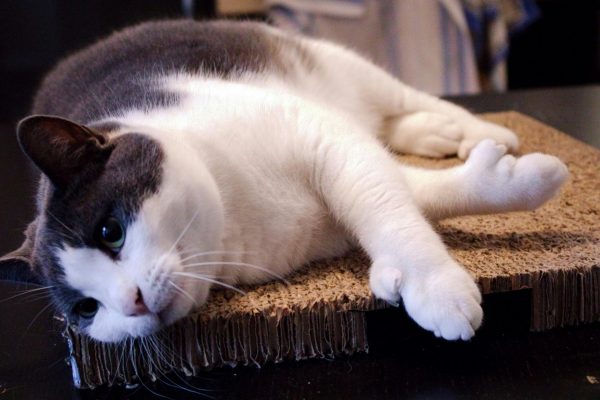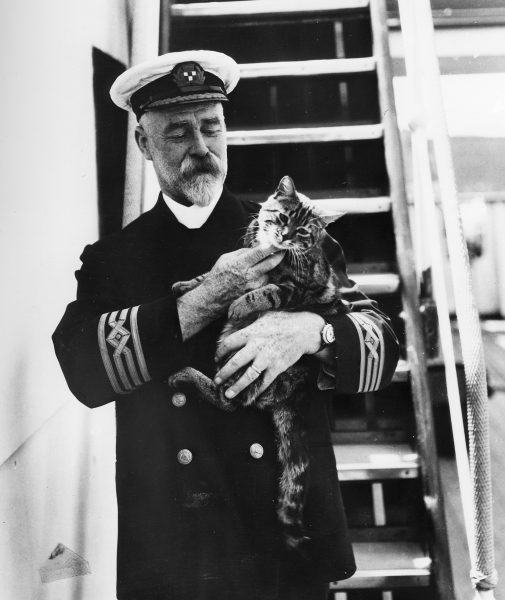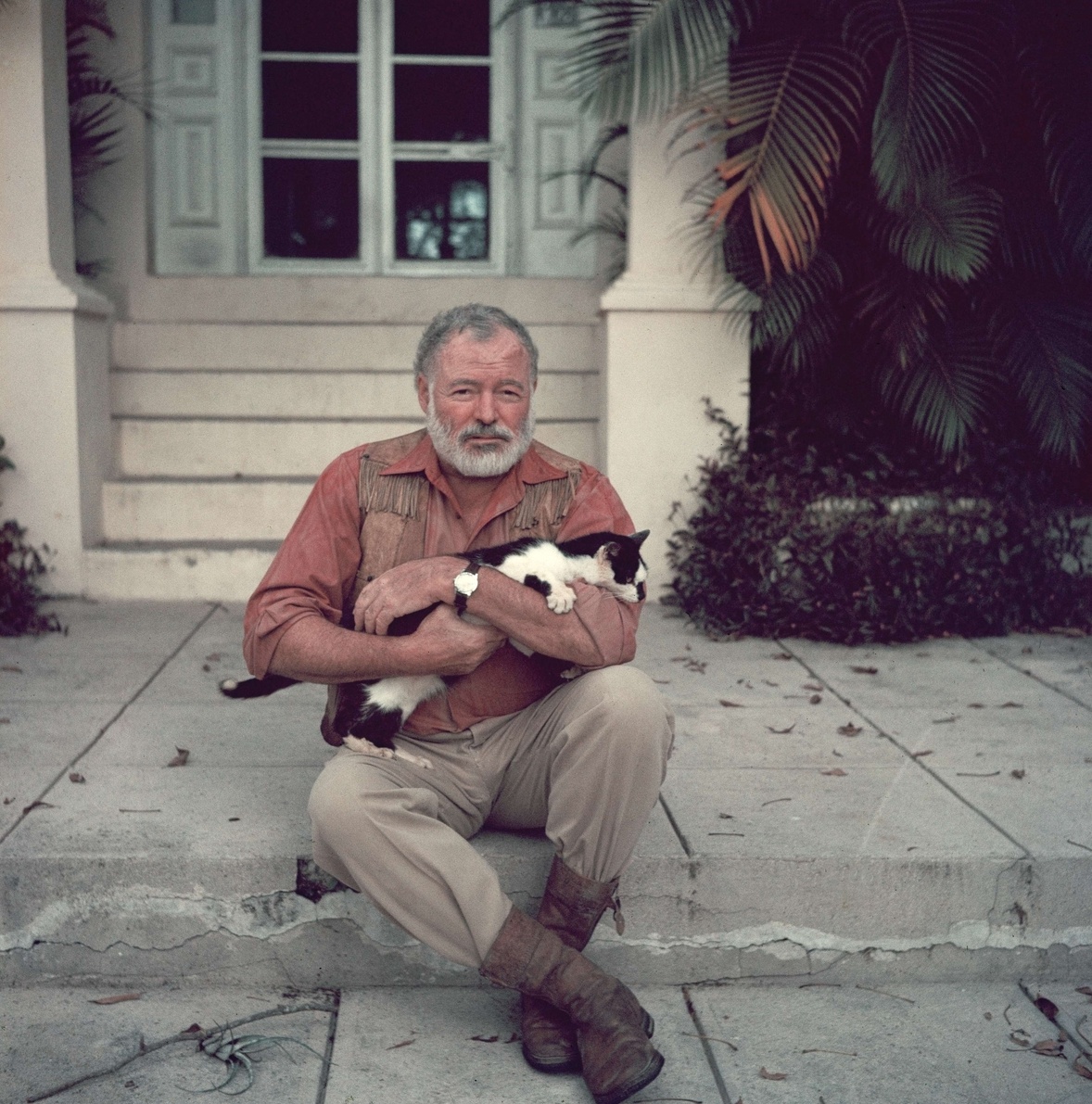When considering the greatest of American authors, one might think of F. Scott Fitzgerald. Others might think of Cormac McCarthy or Toni Morrison. Among them stands the name Ernest Hemingway (1899-1961), remembered for his novels, namely his Nobel-prize winning work, The Old Man and the Sea. When one thinks of the name Hemingway, they might think of his books about war, death, and trauma. But the very same name also strangely shows up in a particular kind of domesticated cat.
Hemingway settled back in America after serving in Europe during World War I as a member of the Red Cross, and gaining some recognition for his first few books after the war. After an accident involving a bathroom light-fixture and a desire to get out of the city that he had lived in at the time, at the suggestion of his wife, Pauline Hemingway, the family moved to Key West, Florida.
Hemingway published two of his first successful works around that time, The Sun Also Rises, a novel about English and American expatriates traveling from France to Spain to watch bullfights, and A Farewell To Arms, a direct reflection of his experiences in World War I. The protagonist of the latter bears a striking resemblance to the author — he is a soldier in the ambulance corps who becomes injured during the war, and on his path to recovery, falls in love with his nurse – a mirror for Hemingway’s experience and a vessel for his message about the horror of the war.
In fact, A Farewell To Arms has been banned several times for graphic content. Hemingway portrays the true brutality of war from a firsthand account, and while the protagonists’ name is different, it is an adaptation of his story as a driver for the Red Cross. The novel provides a vivid, realistic image of war and the suffering it brings, and is considered one of Hemingway’s masterpieces. After gaining recognition from the novel, Hemingway continued working from Key West throughout the 1930s. He frequently went on fishing expeditions and wrote several short stories, but only published one other novel while he lived there.
Hemingway’s story with the cats began from his love of those fishing trips. One of his colleagues, Stanley Dexter, gifted him a kitten named Snow White.
Snow White, named for the storybook character, had a unique condition – extra fingers.
Polydactyly, meaning ‘many fingers’ in Greek, is a condition that occurs in both humans and animals. It causes the affected individual to have more than the typical amount of digits, resulting in phenomenon like six-fingered hands. Many polydactyly cats have a single extra digit on their front paws, causing their innermost finger to stick out and look like a thumb, which makes it appear as though the cat is wearing mittens.

The condition can occur in cats of a wide variety of breeds, (as polydactyly is not specific to any particular kind of cat), but the condition occurs most commonly in Maine Coons and Pixie Bob cats. The first cats that were born with polydactyly are believed to have been from Boston, Massachusetts, sometime around the 1600s, but polydactyly cats quickly began to spread around the world.
Cats have long been revered as pets. From their worship in Ancient Egypt to their current status as a top contender for the ‘perfect’ house pet, they have been companions to people of many cultures. But unlike dogs, domesticated tens of thousands of years ago for hunting and tracking, cats were never as useful in chasing down deer or tracking down prey. Where they really shone was on boats.
As far as 1,200 years ago, the Vikings carried cats on their journeys for protection and good fortune. Many seafaring vessels, up until the present, had a “ship’s cat” onboard. These cats were considered to be good luck, and served as companions and pets to sailors, providing them solace on voyages across the ocean that could last weeks and even months. As advances in sea travel and navigation spread, with new inventions like shaped sails and the astrolabe permitting global travel across the oceans, with further and further voyages being charted, cats were welcome on many ships around the world.
Cats also served an important role as the ship’s protectors. In damp, cramped quarters, with a large amount of crevices, it was easy for a rat to find a place to hide away. Rats could chew through the ropes of a ship, or leave crews starved by eating the sailor’s food – even on months-long voyages, ships could only carry a limited store of supplies. Even worse, rats and other pests often carry deadly diseases. Fleas on various rodents were some of the primary causes for the spread of the Bubonic plague, which ravaged Medieval Europe. With no medicine, little hygiene, and close-knit quarters, if a ship’s food supply were contaminated, it could spell the end of an entire voyage.

The sailors of the trading city of Boston may have believed that the first polydactyly were superior to normal cats when it came to ships. Their bigger paused were believed to give them more balance on a potentially-unstable ship, and help them catch pests or climb ropes. They soon spread across trade routes and made their way to other major settlements around the world.
Hemingway’s gift from Dexter was the kitten of his own ship’s cat, who had polydactyly itself. Now, Hemingway’s name is tied to those cats, and soon, his residence at Key West was filled with them.
He turned Snow White’s name into a convention by naming the rest of his cats after famous people, such as other authors like Edgar Allan Poe and Mark Twain, Errol Flynn, an Australian actor, and even Pablo Picasso, who Hemingway had met in Paris once.
Nearly all of Hemingway’s cats are rumored to be descended from Snow White. All living at his home and some around Key West carry the gene for polydactyly, but not all exhibit it – meaning that only some have extra toes on their front or back paws, but all of their offspring will inherit the gene as well despite not having the physical traits of polydactyly.
Now called the Ernest Hemingway Home and Museum, his former home in Key West, Florida, now serves as a museum centered around the author. After Hemingway’s death in 1961, the house was bought and converted into a private museum, before being opened to the public. Today, visitors can look at the residence, which includes many of Hemingway’s personal photos and much of the original furniture from his time there.

There are also over sixty cats that roam the property, some with extra digits, some without. The staff at the museum provide them with care and shelter, and they also continue the tradition of naming them after famous people.
Also present among some of the names of Hemingway’s cats are those related to him. One was named after Hadley Richardson, Hemingway’s first wife, who divorced him upon discovering his affair with his future second-wife, Pauline Pfeiffer. Another was named Margeaux Hemingway after his granddaughter, an actress and model, who, unfortunately, died a year after the cat was born.
Today, the Hemingway house still stands and is open to the public, and offers tours all days of the year, where you are sure to encounter dozens of his unique cats roaming the premises.
Hemingway’s story with the cats began from his love of those fishing trips. One of his colleagues, Stanley Dexter, gifted him a kitten named Snow White.

